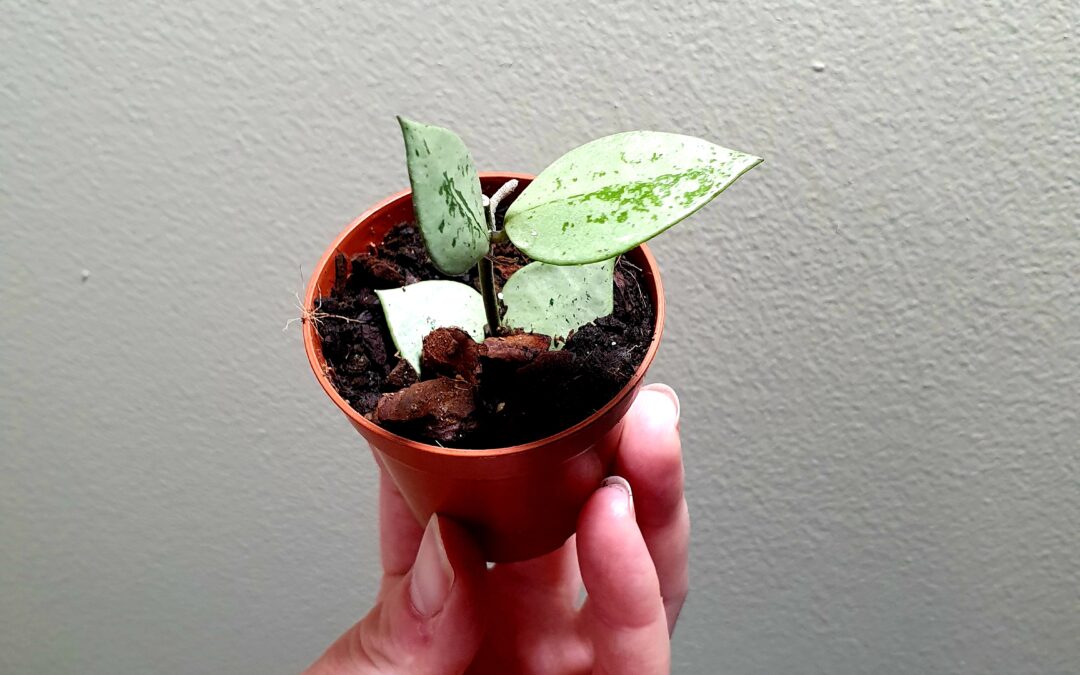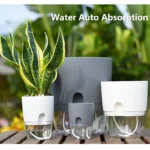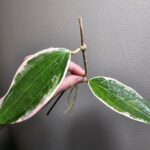Hoya is a popular genus of houseplants known for their attractive foliage and unique, wax-like flowers. Rooting hoya cuttings is a common method for propagating these plants. Here’s how you can root hoya cuttings:
- Select a Healthy Cutting: Choose a healthy hoya stem or cutting that’s around 4-6 inches long. Make the cut just below a leaf node using a clean, sharp pair of scissors or pruning shears.
- Let the Cutting Callus: Allow the cut end of the hoya cutting to dry and callus for a day or two. This helps prevent rotting when you plant it.
- Prepare a Pot or Container: Select a small pot or container with good drainage. Fill it with a well-draining potting mix, preferably one suitable for succulents or cacti. You can also use a mix of perlite and peat moss.
- Plant the Cutting: Insert the callused end of the hoya cutting into the potting mix, burying it about an inch or so deep. Make sure the leaf nodes are beneath the soil. You can plant multiple cuttings in the same pot if desired.
- Provide Proper Care:
- Place the pot in a bright but indirect light location. Avoid direct sunlight, as it can scorch the cuttings.
- Keep the soil consistently moist but not waterlogged. Allow the top inch of the soil to dry out before watering again.
- Maintain a warm and relatively humid environment for the cuttings, as they prefer temperatures between 70-80°F (21-27°C).
- You can cover the pot with a plastic bag or a plastic dome to create a mini greenhouse effect, which helps maintain humidity.
- Be Patient: Rooting hoya cuttings can take several weeks to a few months, depending on various factors such as temperature, humidity, and the hoya species. Be patient and continue to care for the cuttings during this time.
- Transplanting: Once the hoya cutting has developed roots, you can transplant it into a larger pot with regular hoya care, including bright indirect light and regular watering.
Hoya plants are relatively slow growers, so it’s important to be patient and provide consistent care. Once your hoya cutting has established roots, you can enjoy a beautiful and unique addition to your indoor garden.


